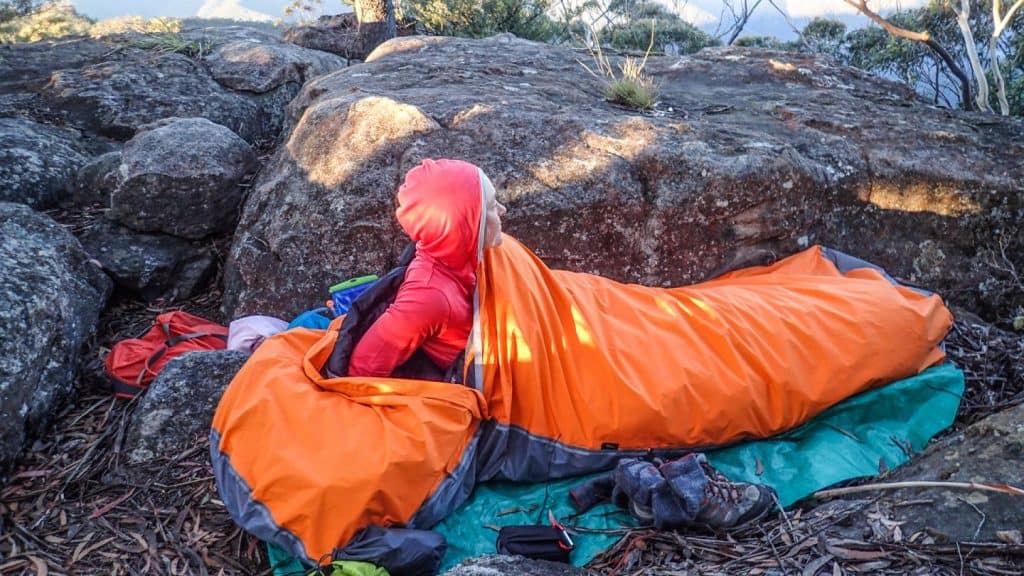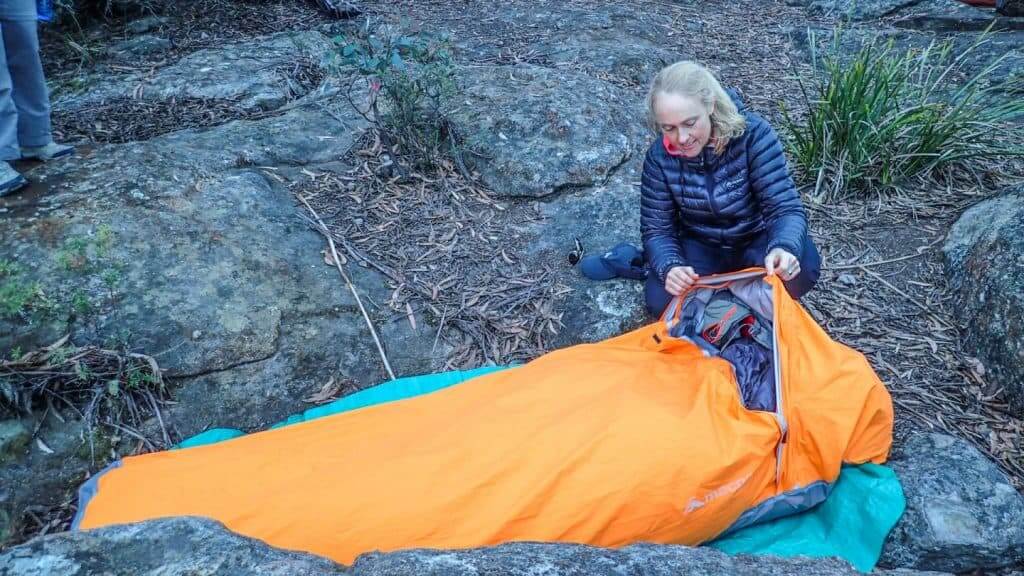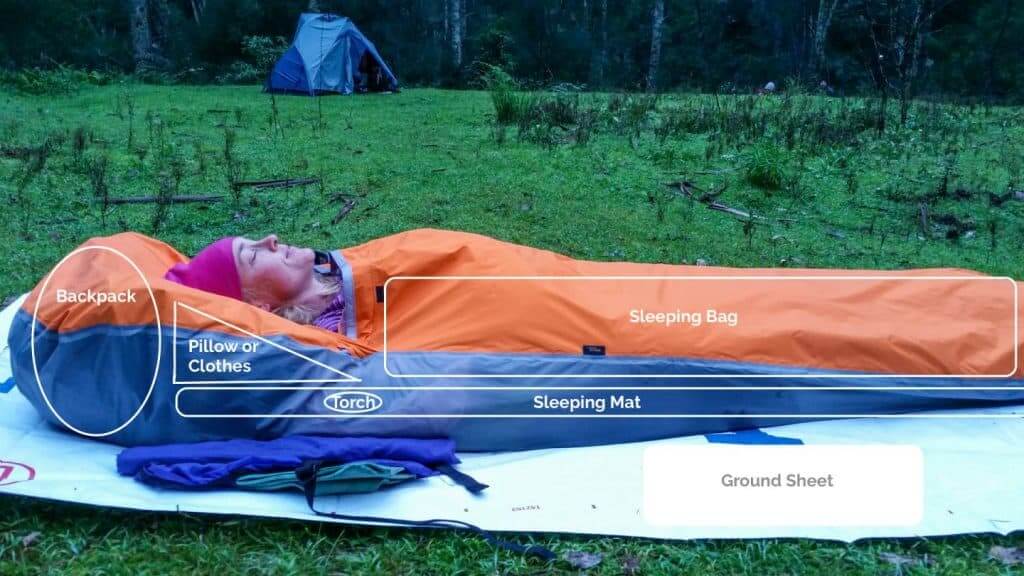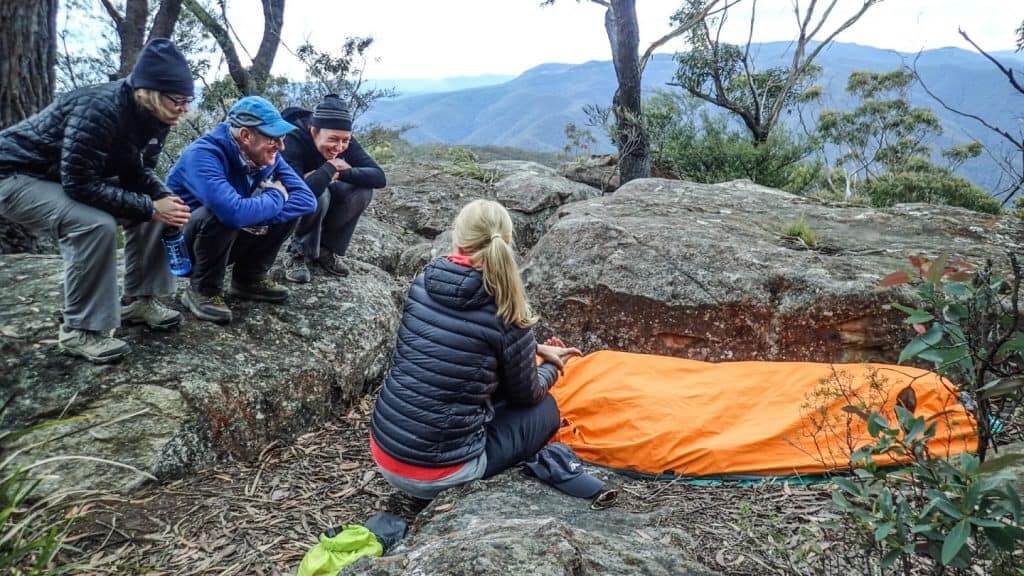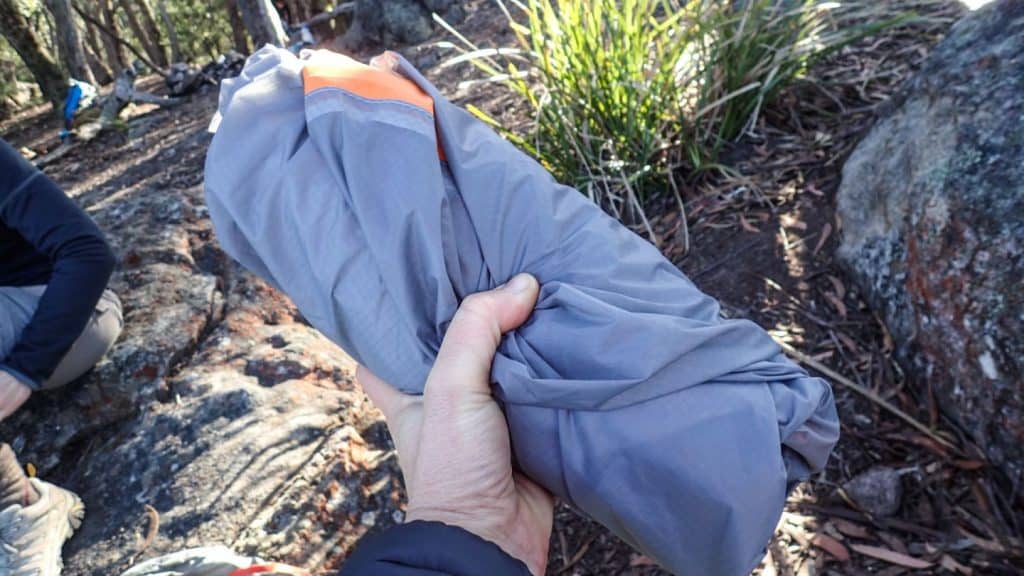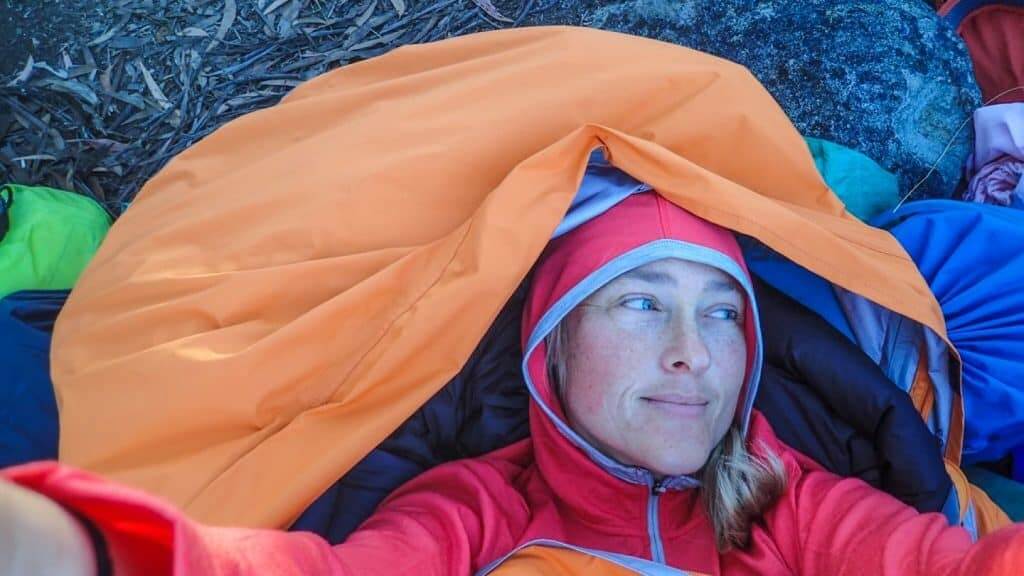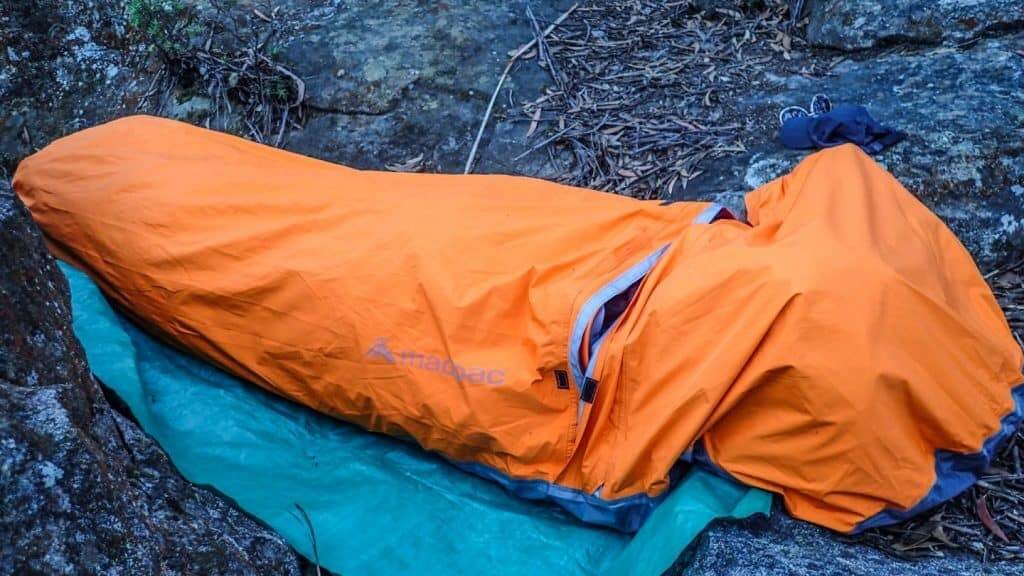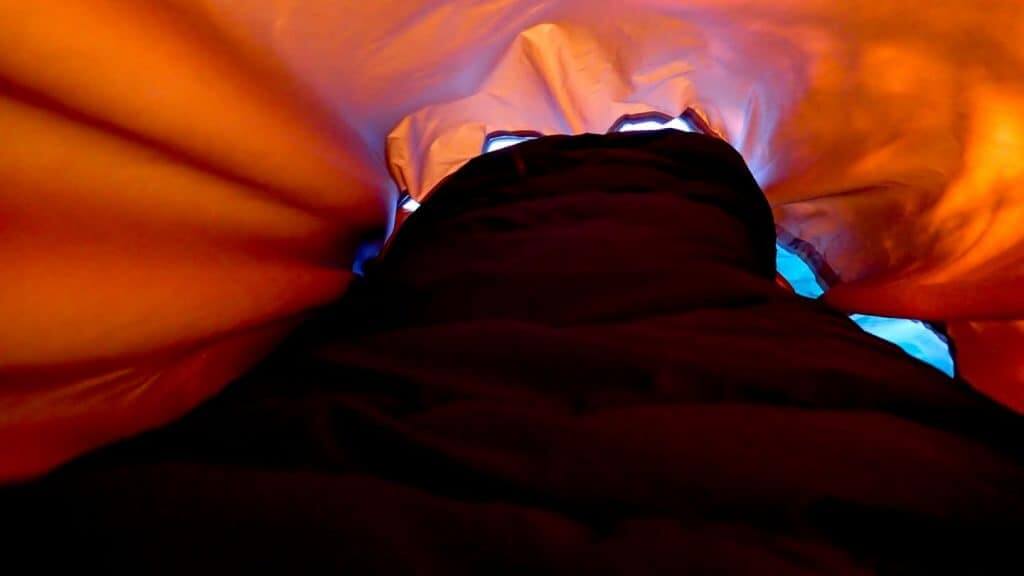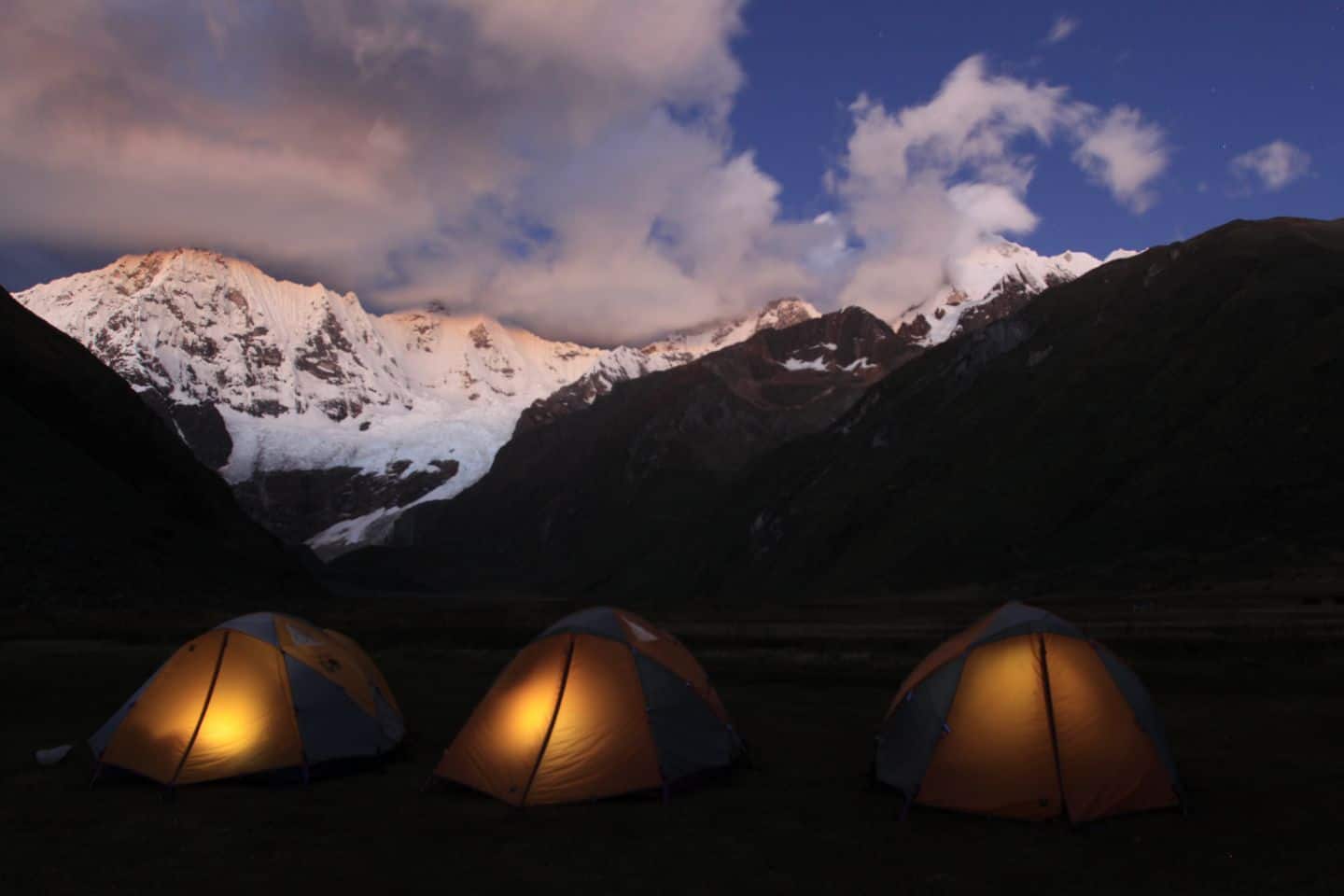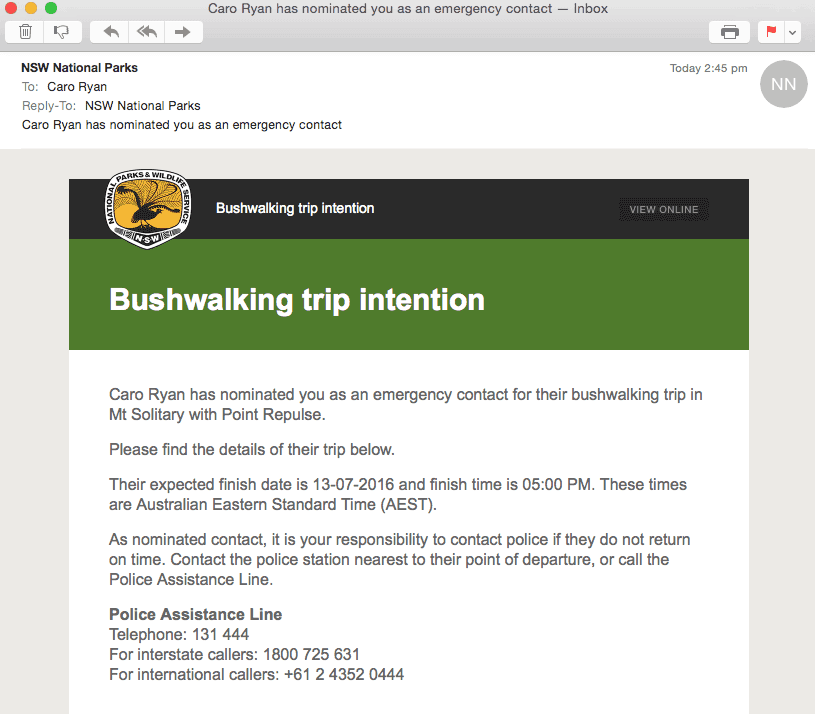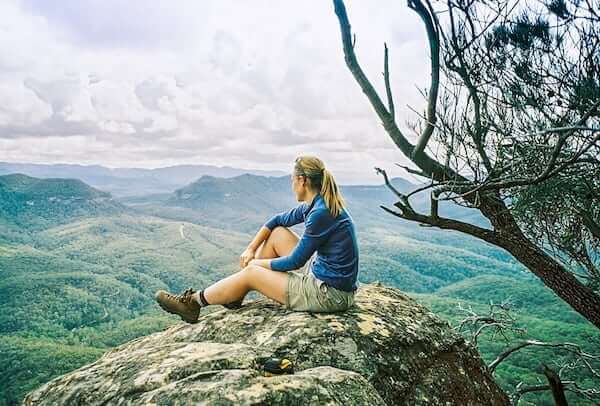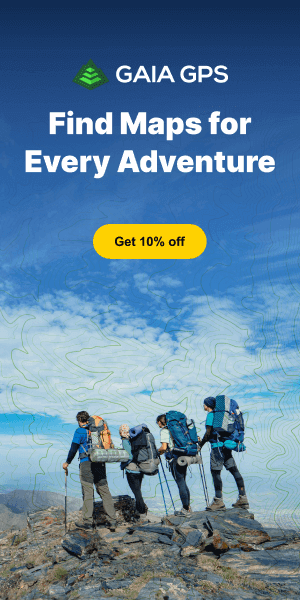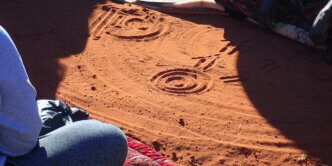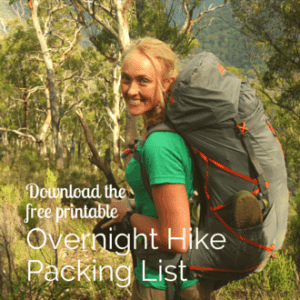Macpac Alpine Cocoon Gear Review
When it comes to sheltering from the elements in our amazing outdoors, there are many options available to us and one of the most minimalist types is a Bivvy Bag.
The obvious and most common solution is a tent, but it’s good to know that there are many other options available and better still, many of these weigh much less than a full tent – such as a Bivvy Bag.
For years I’ve been Biv-Curious and until I finally saw a friend using one (Hi Bill), they never actually made sense to me. You see, Bill has become somewhat of an Bivangelist over the last year or so and it appears that his proselytising has finally paid off. At the time of writing this review, I’ve now spent nine nights under Biv and it’s fast becoming my go-to for short trips of one or two nights.
Bivvy Bags come in two main styles – those with some sort of a structure (ie. hoop/pole) to keep the bag off your face (like the UD Ultralight Hiking Bivy) and those that don’t.
The bag I tested is the Macpac Alpine Cocoon and is a non-structured type.
What is a Bivvy Bag?
In very simple terms, a Bivvy (Bivouac) Bag is a bag made from a lightweight waterproof floor fabric (usually a nylon), with a waterproof (and hopefully breathable!) top. Think of it as a very thin, light, waterproof outer bag that goes around both your sleeping mat and sleeping bag.
“Bivouac: To camp without a tent or traditional shelter. Commonly used by soldiers or mountaineers.”
Oxford Languages
Why use a Bivvy Bag?
A biv is perfect if you’re looking to lighten your pack weight, yet don’t feel comfortable in an open fly-only solution. They’re traditionally made to support alpine, mountaineering and snow camping, providing an extra layer of protection against the elements in these extremes, but for the rest of us less hard-core adventurers, we can use them as the primary shelter.
There’s certainly a lot of pros and cons to do with a bivvy bag, so here is what I’ve found in my nine nights so far:
Pros
Weight: At 530 grams the Macpac bivvy sits about mid-range in terms of other bivvies on the market. There are some that I’ve seen that weight 1.5kgs, which just doesn’t make sense given that you can get a spacious 2 person tent for that much… or less.
Pitching location: You know that moment when you arrive at camp for the night and look around and either the ground is too hard to get a tent peg into (or on rock) or you’re off-track and there’s no space big enough for your tent or convenient trees/sticks/poles to pitch a fly? Well, goodnews… just roll ‘er out. The mighty Biv doesn’t need any of those things. Just a flat spot as big as your mat.
Small packable size: Not only does a bivvy bag save weight in your pack, it also packs down to much smaller than an average 1 person tent. More room for chocolate!
Cosy as bro: The trusty biv will usually add all round warmth to your sleeping solution. This means that not only is your shelter smaller and lighter, but you may not have to carry as much other gear to keep you warm.
The 3 S’s – Sunset, Stars and Sunrise: As long as there’s no clouds, just lie back and think of your mates stuck under a tent, not able to see what you can. Magic.
Can you smell that? Ah, that breath of fresh air. So clean, so crisp and lots of it.
Condensation: Now this is the bit just to confuse you. It appears in both the pros and the cons. So far, I’ve only had one night where the condensation was worthy of note. (See cons). Otherwise, it’s been great whereby after a few minutes of emerging from my bag, I’ve been able to roll up a 99% dry bag, which is better performance than my tent.
Emergency: Reliable in an emergency, ie: ‘Geez, I hope I never have to use it’, shelter for a dodgy, exploratory, day trip.
Smart Packing… Smart Stowing: If you’re a smart packer, your whole pack should fit inside the bivvy bag. I was able to put my Macpac 47L Rhyolite (enough for 4 days) inside the hood (ie. above my head) of the bivvy. This not only keeps your pack dry from frost and the elements, but keeps your food away from animals. The added benefit is that it keeps the fabric of the bivvy bag up off your face!
Got a bug bear? I like to play dumb to insects (eg. mozzies) at night. I am generally happy to wipe a bit of repellent on my face and arms and then put in ear plugs to block out the rest. In south eastern Australia, where we have less worries about mosquito born diseases, I don’t worry about them too much. However, if you do… then this bivvy has a separate insect mesh layer that you can zip closed on hotter nights to leave the rest of the bag open to the air, but closed to Louie*.
Cons
Privacy: Goodluck with that. Which means that things like getting dressed, having a sponge bath and just taking time away from people can be tricky. For these reasons, if I’m working as a guide with clients in the bush, I’ll take a tent.
In and Out: It takes a bit of practice, but to begin with you’ll be thankful if you’ve mastered the Downward Dog or Cobra when first getting into and out of your bag… either that or you’ll find a whole lot of shimmy-ing going on.
Rain, rain, go away: The big downside to bivvies is having to setup and get everything inside AND change out of wet gear in the rain. This is something that I haven’t had to do yet (nine days and counting), but another reason why I’ll check the forecast before heading out with only my Biv. If it’s just showers or light rain, it would be OK, but anything heavier AND if the temps are low, then I’ll be sure to be taking the tent instead.
Tent bound: So maybe the weather was fine (as was the forecast) when you set out, but imagine being tent bound, in horrendous weather… in only a bivvie. Hmmm. Not my idea of a great few days out. It would make cooking, reading, stretching and generally all that we tent-ers do to make being tent-bound living bearable… unbearable.
Condensation: Now this is the bit just to confuse you. It appears in both the pros and the cons. So far, I’ve only had one night where the condensation was worthy of note. It was at Deep Pass, in the Blue Mountains, which is roughly a 500 square metre bowl of an area, with a creek running through it, with dry canyons nearby. The temps dropped to 0c and the area around the top of my sleeping bag (where my breath was warmer than the air) and surrounding area of the bivvy was wet, quite wet… I’ve been using the bag so far throughout May, June and July in the Blue Mountains west of Sydney, with overnight temps ranging from 0-7c, however the air is generally quite dry. It will be interesting to see how it performs in more humid conditions.
Claustrophobic: Now I’m as happy to head into a cave as Cave Rescue NSW, but not everyone is. So, in those moments when you need to zip everything up and snuggle down, completely closed off from the outside, if you don’t appreciate small spaces, you may not appreciate a bivvy.
In the end, a mighty Biv is not for everyone. If you like your own space, privacy and the ability to move around with freedom, sealed within a mozzie proof shell – then stick to a tent. If however, you’re looking to downsize, lighten the load and are comfortable in the elements – I thoroughly recommend a bivvy like the Macpac Alpine Cocoon.
BUY my bivvy from Macpac now.
*Louie: Aussies… you know who I am.
Caro is a Macpac Ambassador. “You can buy my time, but you can’t buy my opinion.”

